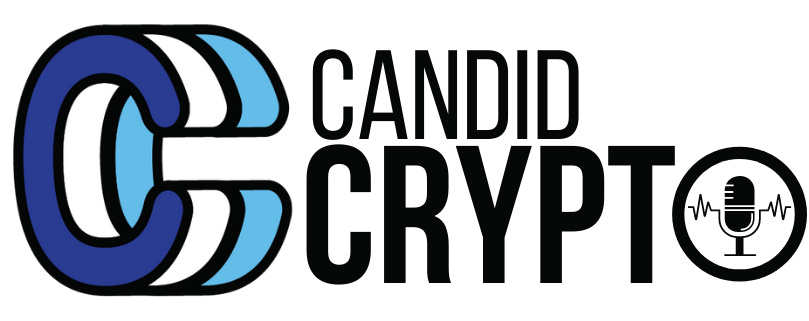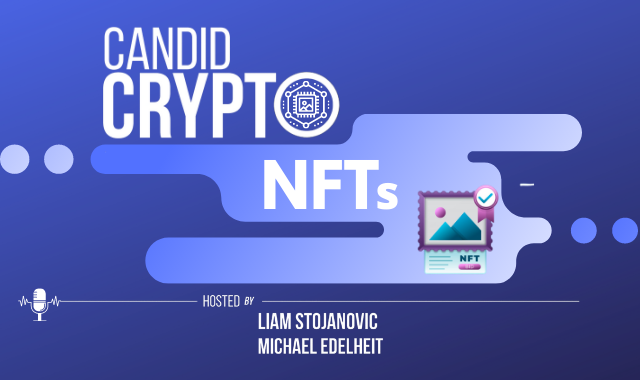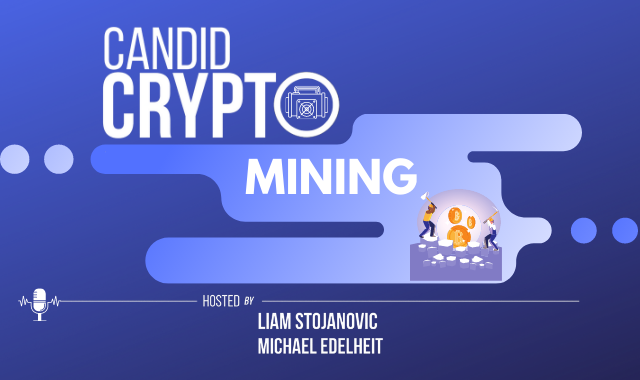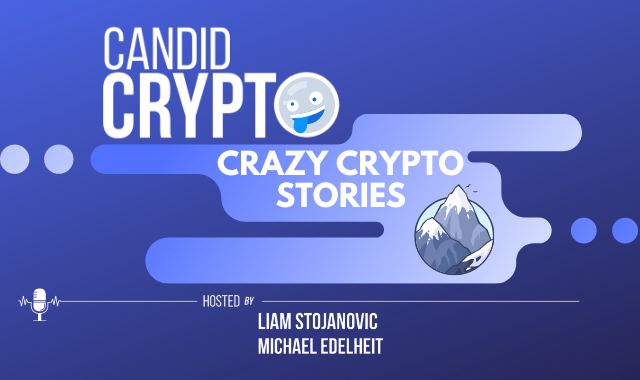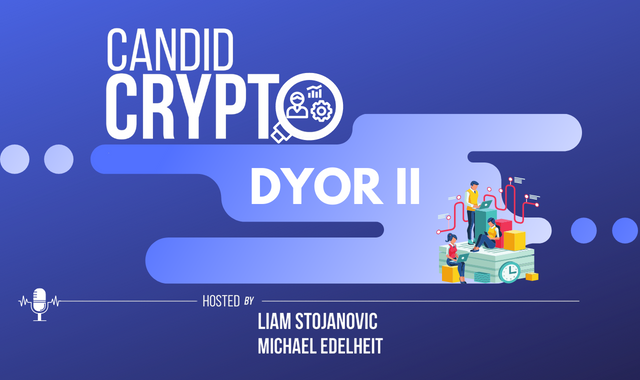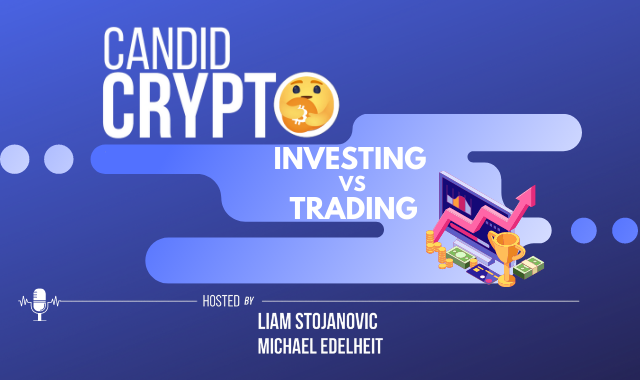018: Polkadot
A protocol that allows arbitrary data to be transferred across any blockchain. We dig into the project, and present an earnest perspective on what it offers.
Please leave a comment and let us know what you think about this episode. You can find Candid Crypto on all your favorite podcast platforms, so please like and subscribe to stay up to date on everything crypto!
In addition, every Candid Crypto episode is transcribed so you can easily understand everything that was discussed.
Episode 18 Transcription – Polkadot
Michael 00:00
Any type of data across any type of Blockchain that is what the Polkadot network promises to deliver. And today, we’re going to go a little bit deeper into the fundamentals to understand why and how this is possible. Let’s get into it.
Liam 00:17
Welcome to Candid Crypto, a place where anyone can learn about Blockchain Tech.
Michael 00:24
We are two friends who love cryptocurrency and have acted as retail investors and researchers for years. I’m Michael.
Liam 00:32
And I’m Liam.
Our goal is to create a community where listeners can build their knowledge and meet like-minded people in the digital asset space.
Michael 00:44
Ah, feels good to be behind the mic again. The first episode of 2022. Let’s kick it off by going through the basics.
Liam 00:52
Yeah.
Michael 00:53
Liam, what do you got?
Liam 00:55
So Michael, what is Polkadot?
Michael 00:57
A Polkadot is a Decentralized Blockchain network protocol designed to allow independent Blockchain networks to connect and transfer data between one another through cross chain interoperable technology. And those last four words are definitely the most important. And is the reason why this entire project at least piques my interest, having more interoperability within cryptocurrency and Blockchains, I think is a must for it to be widely adopted. What do you think Liam?
Liam 01:29
Polkadot has a lot of ambitions. And I think it could certainly get to the point where it becomes mainstream and widely used. But it’s not quite at that point yet. And where it is, is there are a lot of projects centered around it on GitHub, and people have built things on top of it. But the ecosystem isn’t the same as Ethereum or Binance. There’s just kind of an incongruency with the maturation of the DeFi ecosystem.
Liam 02:03
All right, Polkadot is this interoperable technology, who started it, and why do they start it?
Michael 02:09
Good question. Polkadot is the brainchild of Dr. Gavin Wood. And Dr. Gavin Wood is one of the co-founders of Ethereum. And he’s also an inventor of the Solidity Smart Contract Language. And he designed Polkadot with the idea of being a sharded version of Ethereum. And this was back in mid-2016 when he released the first Polkadot white paper by creating a shorted version of Ethereum. Dr. Wood had the intention of creating a more scalable, efficient Blockchain network, as well, you can increase transaction speed, and overall bring the costs of gas significantly down. All of these are amazing, noble ideas that Ethereum 2.0 and the Ethereum Foundation have the intention of fixing these areas of concern. Although we keep on waiting, there are no results. I’m still optimistic that they’ll get there. But as of now, we need these other solutions. And if you are up with the news I actually misspoke there. It’s actually not called Ethereum 2.0. anymore, even though that’s what we all know and love. They are now rebranding as the consensus layer. Sorry for the little side rant. Liam, would you like to say anything else?
Liam 03:36
Polkadot does solve things that the Ethereum network doesn’t have for sure. And namely, the cost is a big one. So with that competitive advantage, there might be an influx of developers who build on top of Polkadot and really create slick, easy to use products.
So what’s the goal of Polkadot?
Michael 03:59
Liam, I’ve said it once before, and we’ll be saying it again. But interoperability and the cross chain capabilities are the essence of Polkadot, because Polkadot allows any Blockchain to talk to one another in a connected trustless way. A very amazing statement; Easier said than done.
Liam 04:22
Interesting. You’re right, that messaging is not something Blockchains really have with each other right now. But interoperability is scrappy and fragmented. You’re totally right.
Michael 04:34
Yeah. And the interoperability occurs in a few ways. And it does it with Smart Contracts and other Blockchain technology with no intermediaries, which is, you know, a must when we’re talking about these web three companies. But essentially, Polkadot has three technologies; Relay Chains, Paired Chains and connectors called Bridges. I could go into to them a little bit more, but I don’t know if it would be too much for our audience today.
Liam 05:05
What you need to know is that they solve issues in regard to linking these Blockchains together, ensuring that transactions are bottlenecks by being processed one by one. And that the Blockchains can send funds from one to another.
Michael 05:21
Yeah, great way to simplify it. Liam, before we move on to our last few questions and closing remarks, we would be mistaken not to bring up the native token dot. So Polkadot is the Blockchain and Dot is the native token that allows governance staking, and also a term they use called bonding. And the first two I think are self explanatory, but bonding is required for these established blockchains. To get connected with the polka dot ecosystem. Essentially, your dot must be bonded to purchase pair chains.
Liam 06:00
Awesome. So we went over some reasons why Polkadot is compelling to crypto users what’s really the significance here, Michael?
Michael 06:15
Cross Chain Interoperability is Polkadots’ main significance. Polkadot is on a mission to build a multi chain universe where multiple Blockchains can coexist and work together. In a lot of ways, it’s easy for me to think of polka dot being the infrastructure or highway system between a bunch of different Blockchains. Let’s think of them like cities, where they all have their unique functions and use cases. But in a world where they’re all connected with one another, there needs to be a consistent way to get back and forth between each of the Blockchain cities and just a way for them all to coexist together.
With that being said Liam, I’m very much like yourself on pessimistically optimistic about this project, I recognize that it’s still relatively immature, and some of their DeFi and Smart Contract capabilities could be better. I think it’s a great time to watch and see what they do. And if you’re interested, just learn more.
Liam 07:24
If our viewers are trying to take a look at more resources or find the experts in the Polkadot realm, where should they go?
Michael 07:32
I’m glad you brought that up. Because we’re always advocating for people to “Do Your Own Research, DYOR” one of the best places you can start off is the official website for any of these projects. In this case, it is Polkadot.network. There you can learn the details behind Relaychains, Parachains and Bridges. As well they have a community page where you can find all the links to their discord Reddits and other popular sites where you can communicate and work with the individuals building and learning about Polkadot on a daily basis. There are a few other resources online I came across this place called the Blockchain Council where they actually offer certifications for people to become experts in certain Blockchains. They had a Polkadot experts’ certification where they have some kind of course or training where you can learn how to become an expert. I think it cost some money. But if you’re interested in that, take a look.
Liam 08:28
Sweet, so let’s poke it off for you. Buy it, don’t buy it. We’re not financial advisors. Do what you want with this information. What we will say is this, keep your eye on it because it might be worth a lot in the future. And it’s definitely worth something keep it on.
Michael 08:44
And if you really enjoyed today’s episode, please let us know. Reach out to us. Go to our website. Like, subscribe, do whatever you need to do to get this podcast in front of everyone’s face. Takes a lot of work, but it’s worth doing because we love it.
